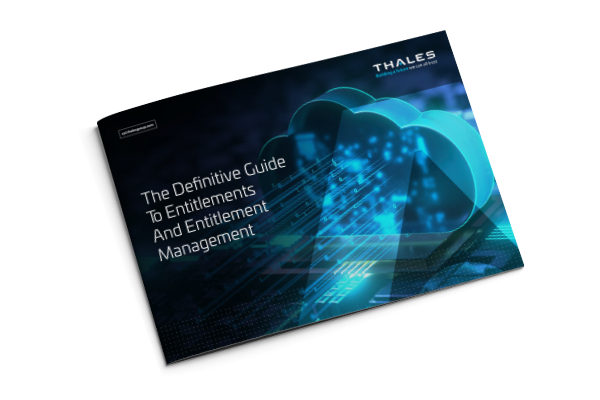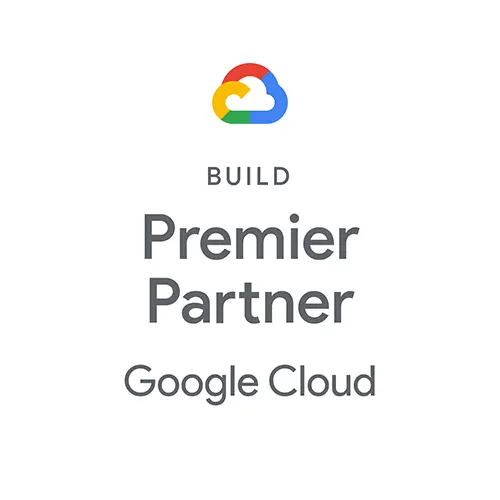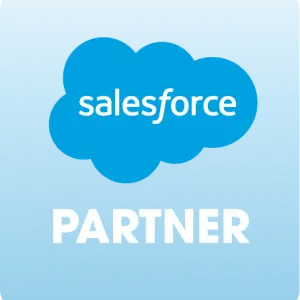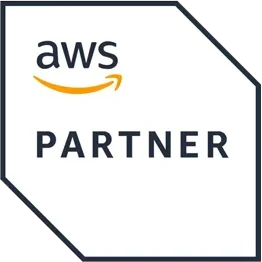
Darim Rahmatallah
Senior Product Manager
What is Entitlement Management?
Entitlement management is the process of ensuring customers receive access to exactly what they purchased, whether it's specific features, service tiers, or consumption limits. It's achieved by defining and enforcing clear rules that dictate who can access what, how much they can use it, and from where – whether that's a certain geographical location or on a specific device.
Entitlement management systems (EMS), like Sentinel from Thales are the backbone of this access control process. They automate the assignment and management of access permissions for each customer order. They allow for greater flexibility in pricing and packaging strategies because you can easily adjust access configurations based on individual customer needs and market demands.
An entitlement management platform also streamlines the end-to-end order-to-fulfillment process, reducing errors and manual work for your business. When a user purchases a specific license, the EMS ensures they are provisioned exactly what they expect to receive and enforces the access restrictions so customers can’t access more than they paid for.
How Do Software Entitlements Work?
Entitlements work by controlling permissions to each and every granular part of a product offering.
They administer access over who can use a product, which offerings they can use, and under what license models, usage terms, or locations the access is governed by. Essentially, any type of access you want to enable and disable in your product offering can be controlled by the entitlement.
The entitlement contains details on how each granular part of the access should be behave for the customer.

The entitlement bridges the gap between how a product is sold and how it behaves for a customer.
When a customer orders software, the details are recorded in the vendor's business systems, such as a CRM or ERP. The entitlement management system (EMS) takes what has been ordered and translates it into access rights, which are defined in the customer entitlement. Think of an entitlement code as a detailed receipt for the order. It contains the mapping for products and services, along with the terms of what the customer can actually use or not use.
The entitlement could contain one line item, but more often it contains multiple line items with different types of access for multiple products, features, and services a customer has purchased. In this way, it grants access to a group of licenses that the purchasing customer can distribute within their organization.
For example, say a customer purchases 50 licenses of your software. Twenty five of these licenses may allow full access to all features, while the other 25 provide a more limited functionality. The customer entitlement shows the access level for each type of license purchased. This gives the vendor unprecedented control over what they sell, while simultaneously giving the customer the deployment flexibility they need.
Entitlements hold the key to more than just access. They're your gateway to monetization.
If you want to drive expansion revenue quickly and at scale, this eBook is for you.
How Does Entitlement Management Unlock Software Monetization?
According to IDC, entitlement management systems are a central operating system that drives growth. Here’s why
Precision in Pricing and Packaging: Entitlement management empowers you to create tailored software packages with varying features and pricing tiers, allowing you to effectively cater to the diverse needs of enterprise clients and seize greater market share.
With entitlement systems, you can precisely track and manage access to features for each user or customer. This enables you to charge based on specific usage metrics, such as the number of projects managed or the number of features utilized. For example, a basic plan might provide access to core features, while a premium plan unlocks advanced analytics and reporting capabilities.
Monetizing Updates and Upgrades: By using these systems, companies can restrict access to new features or updates to paying subscribers, creating a strong incentive for users to upgrade or maintain their subscriptions. This strategy not only helps in generating additional revenue but also ensures that customers are motivated to stay engaged with the product and benefit from its latest features. Additionally, this approach can enhance customer satisfaction by providing them with continuous value and access to the most up-to-date functionalities.
Increase Renewals and Upselling With Insights on how customers use your software. Entitlement management systems collect data on how users interact with the products they purchased from you. It clearly shows what your customers have purchased, the contract terms (expiration), and how much of that software is in use. No longer do you have to guess which of your customers are actively using your products. This allows you to track customer deployment trends to understand where you have upsell, cross-sell to maximize your revenues. It also helps you identify churn candidates so you can improve renewal rates.
In short, entitlement management gives you the tools to create a more flexible and user-friendly monetization system for your software, ultimately helping you capture more value from your product.
The Importance of Entitlement Management in Complex Environments
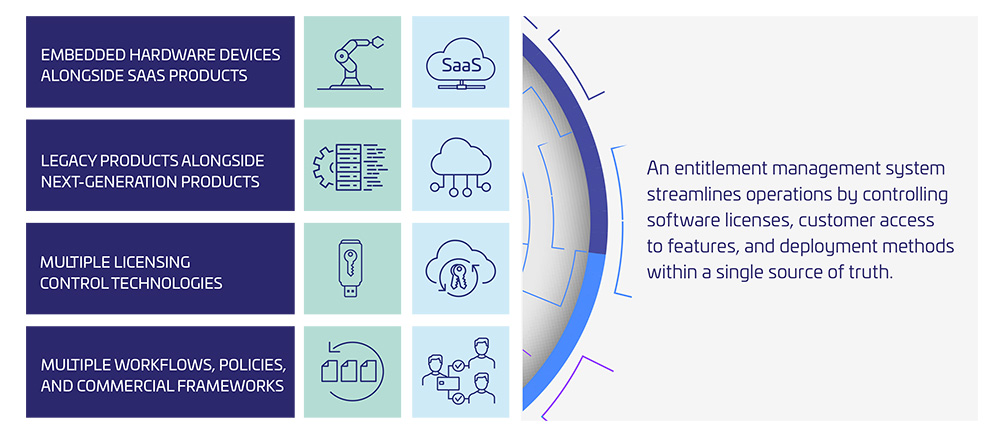
The mechanics of managing access and fulfillment can differ per product, even within the same organization. This challenge shows up consistently in enterprise companies but can also appear in smaller companies that deploy in diverse environments. For example, no matter the size, a medical company that offers its software both embedded in-device or downloadable onto third-party hardware will encounter access and fulfillment complexity.
Inconsistent processes become more glaring if you shift to an as-a-service business model which will have multiple deployment, licensing, and revenue models. For example, a company that traditionally sold software licenses for one-time fees will encounter operational challenges when transitioning to a subscription-based model.
The complexity is further amplified if you’ve grown through mergers and acquisitions.
When any of the above conditions occur, it’s practically given that the different products will have separate systems of record and fulfillment procedures. The gaps are usually filled by manual processes for managing software access and fulfillment and spreadsheets to track who has access to what.
The manual workarounds create a risk for errors and complications such as over- or under-licensing, inaccurate and missed expiration and renewal dates, or inaccurate product fulfilment. This negatively impacts operational costs as well as your customer experience.
Establishing an entitlement infrastructure simplifies how your customers do business with you, regardless of the intricacy of your products. Through Entitlement Management Systems, all your product offerings, deployment types, and configurations can be managed with exceptional precision, affording you complete control over customer access, streamlining fulfillment processes, and creating an organized record of your customers' product usage.
Entitlement Management Streamlines Operations
Chances are you're no longer selling a single on-premises software product with a perpetual license. Cloud transformation and the fiscal advantages of recurring revenue changed you. Today, you offer — or aspire to offer — lots of products with a range of license types, pricing models, and deployment methods.
A solid business strategy is driving your transformation: your products are more powerful, more accessible, and more aligned with customer expectations. Ultimately, you want to drive growth and increase revenue.
But what looked good in the strategy session can turn into a nightmare for operations. Entitlement systems enable the streamlined management and distribution of software products, features, and services — no matter how complex your offering. It drives automated provisioning, fulfillment, and authorized usage, leading to smoother operations and a better customer experience. The system also provides a feedback loop with critical usage data, making it easier for companies to be customer-driven. In fact, according to IDC, entitlement management systems are a central operating system that drives growth.
The Entitlement Management System bridges the business side of your organizational ecosystem — revenue, orders, and customer offers — and your product side — the features and specifications of products and offerings. The entitlement system sits between these two sides.
The Entitlement Management System should seamlessly integrate into the ecosystem. But too often, companies find that it doesn't. In rudimentary systems, entitlements are typically aligned with business systems. This creates a void between the entitlement management capabilities and the products.
The product side needs to become more aware of all the options and features customers want. Product engineering becomes too dependent on commercial rules.
Alternatively, typical homegrown Entitlement Management Systems are often more strongly associated with the products. In this scenario, commercial systems must define each variation of a product manually, leading to a proliferation of SKUs. This practice, while limiting packaging flexibility, also creates excessive complexity within the CRM or IT system. This in turn burdens operational teams that lack the capacity to manage numerous packages or line items. The result may necessitate enlisting the help of a third party to customize the system, as it becomes increasingly unwieldy.
Instead, a software Entitlement Management System separates all those critical activities and centralizes them into a single platform. The right entitlement management solution is designed from the ground up to bridge the gap end-to-end between your products and your back-office systems and your customers.
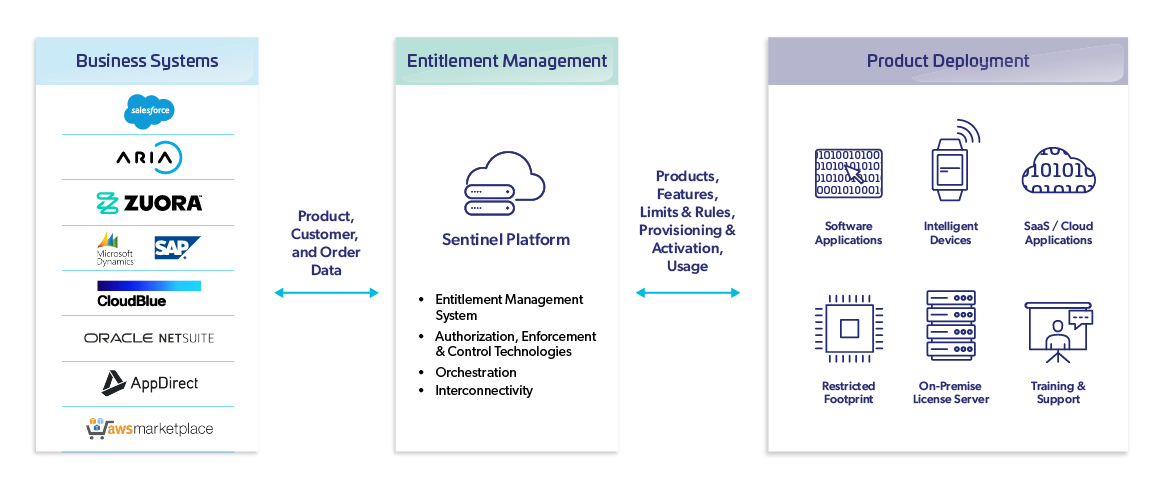
Thales Sentinel’s entitlements are different than the more static entitlements you might see in billing, CRMs, and ERP systems like SAP because they reflect changes in the customer’s permissions during the time that the customer has access to the product. In the other systems, 'entitlements' are a static record of what customers can access within their purchase. A typical customer 'entitlement' might contain warranties, services, or initial subscription configurations that can’t change over time. Yet how an organization or a person wants to access their products do change. Therefore, entitlement management systems like Thales's Sentinel Platform that orchestrate access to dynamic customer entitlements play a critical role in streamlining the operations of modern software businesses.
Four Key Benefits of Entitlement Management on Your Business
1. Maximize Revenue with Flexible Pricing, Packaging, and Licensing
Entitlement management is the foundational framework that allows any company to implement creative approaches to pricing and packaging products or services.
With this system, businesses can flexibly and efficiently bundle their products and services while ensuring customers only access and pay for the required services. These capabilities are critical for shifting business models, creating new revenue streams, and establishing go-to-market flexibility.
When organizations lack a system for managing entitlements, they must rely on their engineering teams to change their software offerings. This can be frustrating and time-consuming as they constantly communicate with the engineering teams to fine-tune their products. Furthermore, this approach may limit the adaptability and competitive edge of companies that aim to keep up with changes in the market, as reliance on engineering can hinder their flexibility and ability to respond quickly.
With entitlement management, you have a streamlined way to adapt your pricing models and packaging. This not only saves you time and resources, but it also allows for sustainable growth by staying relevant and attractive to your target audience.
2. Streamline Software Fulfillment and Deployment
Software vendors often face obstacles in fulfilling and deploying their products is especially true for companies that sell devices and software, those transitioning from perpetual to recurring revenue models, or for companies that offer different deployment options (on premises, cloud, and hybrid). Manual entry is the go-to solution in these scenarios, but often leads to delays and errors, resulting in frustrated customers and lost revenue.
With entitlement management, when a customer places an order, a series of automated workflows are triggered. The integrated systems (billing, CRM, entitlement management) work together to quickly process the order, generate the necessary licenses, and provision and fulfil the product for the customer.
This not only ensures customer satisfaction but also streamlines your recurring revenue model. It’s goodbye to manual processes and hello to automated efficiency.
3. Apply Usage Analytics for Growth
As mentioned, the Entitlement Management system records every deployment, activation, cancellation, transfer, update, or renewal of an entitlement, allowing for end-to-end visibility.
Utilizing the usage data within the system provides valuable insight into user behavior, allowing product teams to tailor their roadmaps to resonate with users. This data-driven approach can result in more effective design decisions and better overall product success.
Sales and customer success teams can also benefit from entitlement-driven usage intelligence. They can identify upselling and cross-selling opportunities and proactively engaging with at-risk customers to renew their engagement. Companies that leverage this data can enhance their customer experience and drive revenue growth.
4. Enhance Customer and Partner Visibility
Entitlement data is not just beneficial for you. It also enables complete visibility for your customers and partners.
Individual customers can easily measure and assess their own activities, which helps them to determine quotas and limits, ensuring they are not caught out by overuse.
Corporate I.T. teams can benefit from global views across their organization, understanding where and how products have been deployed, and measure entitlement quota versus consumption.
Partners can independently monitor their own customer and sales channels, manage inventory levels, and identify their most successful products and packages.
Your software holds the key to recurring revenue
Don’t leave money on the table. Struggling to make the shift?
This guide shows you how to unlock new growth.
Entitlement Management Best Practices
These are the best practices of an Entitlement Management System:
- A system that accounts for the customer lifecycle including commercial and non-commercial events. Trials, subscriptions, renewals, upgrades, cancelations, etc.
- Functionality to cover the full spectrum of business and licensing models. Usage, pay-as-you-go, tiered, concurrent, etc.
- Strong ability to adapt to evolving business landscapes. New products, business models, features, etc.
- Support for multiple deployment types. Cloud, on-premises, and hybrid.
- Ability to support XaaS (anything-as-a-service). Monetize whatever product you have, wherever it is used.
- Strong enforcement capabilities. Ensure compliance with entitlement access rules and terms.
- Performance at scale. Designed to cope with large-scale and enterprise deployments.
- Well-designed integration. Low code, out-of-the-box connectors, webhooks and events.
- Reliable SLA. A system that is always available, well-maintained, and secure.
- The option of an implementation team. Maximize the value you get from the solution by leveraging the expertise and experience of a dedicated team.
Building vs. Buying an Entitlement Management System
According to IDC, more and more software vendors are turning to 3rd party entitlement management solutions like Thales's Sentinel Platform. Here are the main reasons why:
Time and Cost Savings
Building an Entitlement Management System from scratch demands extensive resources, including skilled developers, project management, testing, and ongoing maintenance. These demands increase the initial investment and divert precious time and attention from your core business objectives.
Functionality
A homegrown Entitlement Management System may lack the required depth and breadth of functionality. Using a proven third-party Entitlement Management System streamlines everything from entitlement creation and implementation to software fulfillment and compliance enforcement, whether you are deploying in the cloud, on-premises, or hybrid scenarios.
Scalability
As your company evolves and expands, the limitations of a homegrown system can quickly become apparent. The digital world changes fast. It’s almost impossible to anticipate what new products you’ll add to your portfolio, how and when you’ll need to evolve your business models, and just how much use of your product will increase.
